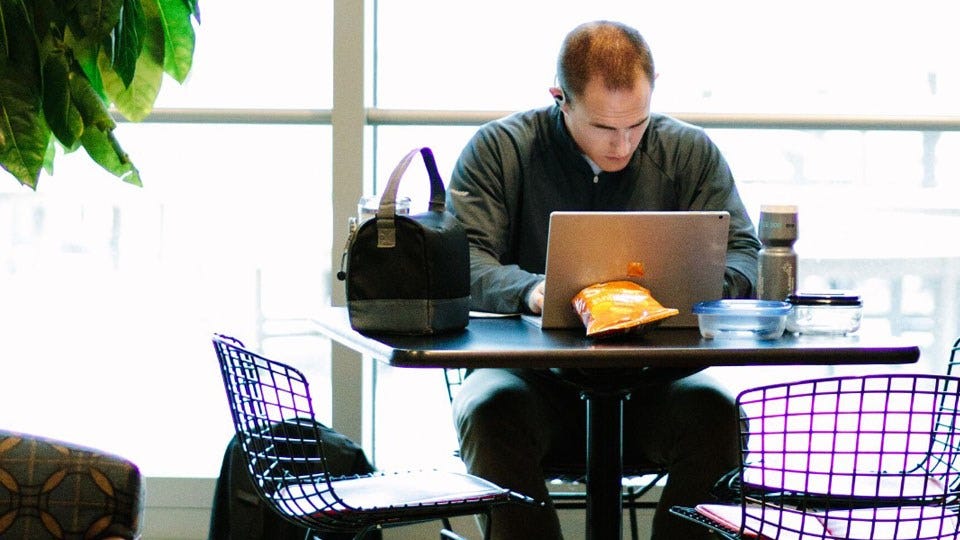Report: Equity Gaps in High School to College Pipeline
 (photo courtesy of the Indiana University Robert H. McKinney School of Law)
(photo courtesy of the Indiana University Robert H. McKinney School of Law)
Subscriber Benefit
As a subscriber you can listen to articles at work, in the car, or while you work out. Subscribe NowAccording to a report from the Indiana Commission for Higher Education, graduating high school students have become more diverse over the past 10 years but are not equally prepared for the challenges of postsecondary education and are not succeeding at comparable rates. The commission says the fourth annual College Equity report provides a deeper analysis of the performance of Indiana’s high school graduates and disaggregates data by race and ethnicity, socioeconomic status, gender and geography.
The commission says the new data shows that some equity gaps have closed, but several student groups are less likely than their peers to be ready for and to complete college. This includes students of color, low-income students, males and rural learners.
“The Commission defines educational equity as the idea that life’s circumstances or obstacles should not dictate the opportunity to succeed. This has long been a driver for the Commission and it’s why we created the first Equity Report in 2018,” said Indiana Commissioner for Higher Education Teresa Lubbers. “We must shine a light on the disparities that exist so that we can create sound and data-driven policies to help close the gaps that are holding too many Hoosiers and Indiana back.”
Indiana adopted its “Big Goal” in 2012, that at least 60% of Hoosiers would have a degree or credential beyond a high school diploma by 2025. Indiana’s current educational attainment rate is about 48%.
“Without reversing the trends that some students more than others aren’t prepared for higher education or aren’t succeeding when they get there, we will not reach our goals of increasing educational attainment and providing economic mobility for Hoosiers,” Lubbers said.
The report also reveals that Black and Hispanic/Latino Hoosiers are more likely to come from low-income homes and are less likely than the average student to earn early college credit while in high school, enroll in postsecondary programs and complete college on-time at two- and four-year public institutions in Indiana.
Additionally, women are more likely to go to college than men, and the gender disparity tracks among all races and ethnicities.
“These outcomes highlight the prevalent challenges we are facing, but also reveal the opportunities that exist for Indiana to create real change, too,” Lubbers said.
Lubbers will discuss the report on this weekend’s edition of Inside INdiana Business with Gerry Dick.
You can read the full report by clicking here.
